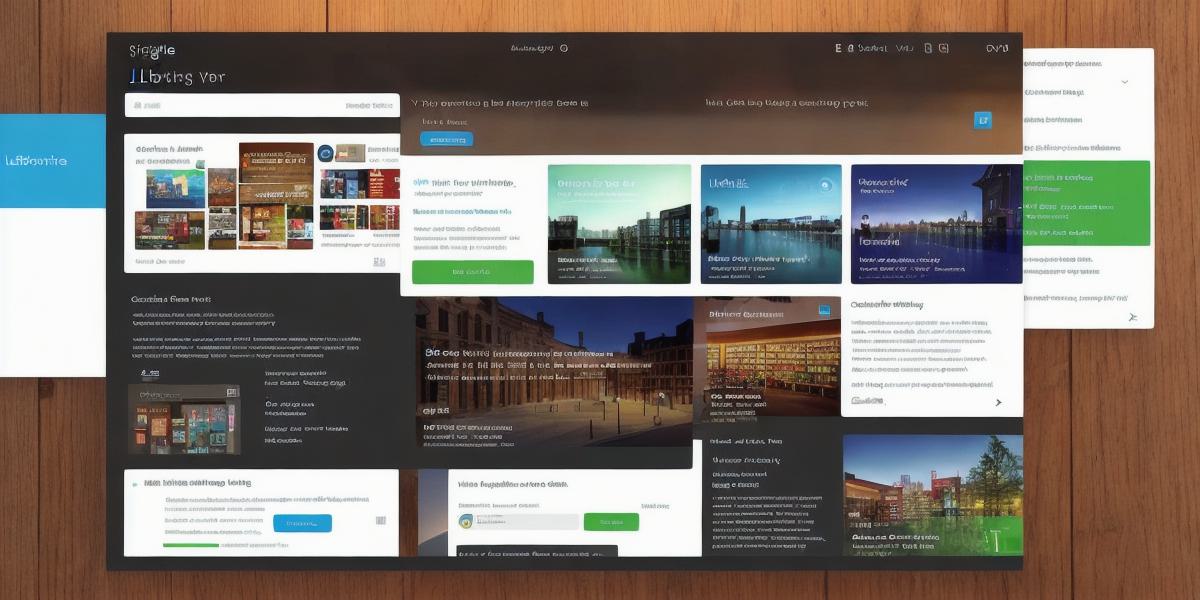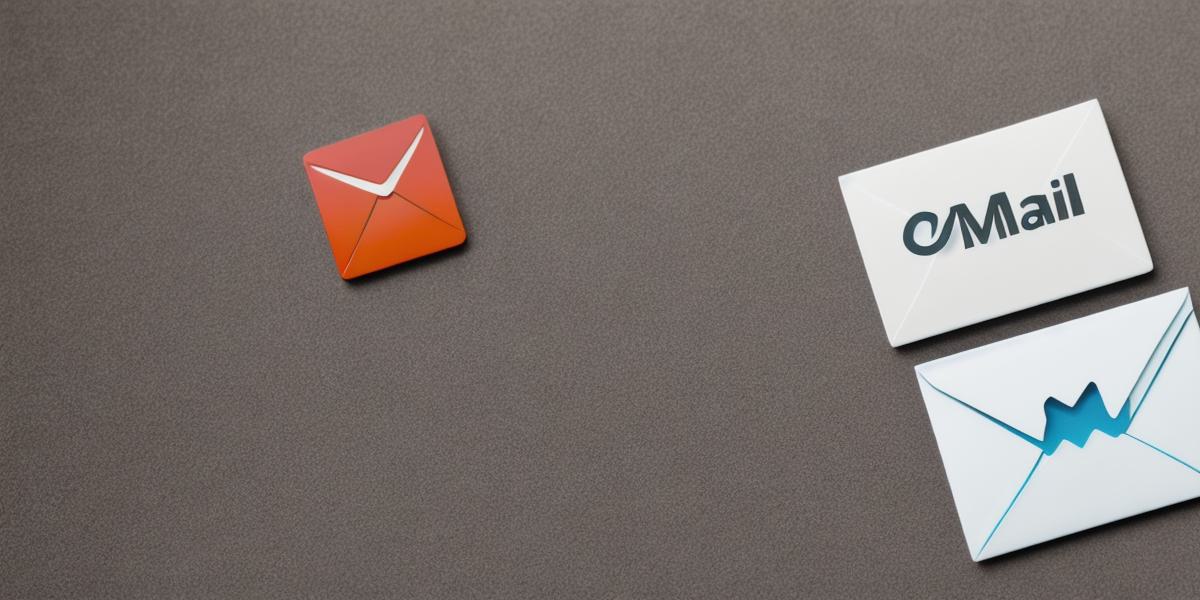Libraries are facing an increasingly competitive environment as more people turn to digital sources for information. In order to stay relevant and attract new visitors, libraries must embrace marketing tools that help them reach their target audience and achieve measurable results. This article will explore the best marketing tools available for libraries, including SEO optimization, social media, email marketing, and analytics, and provide practical tips on how to use these tools to boost engagement and impact.
SEO Optimization: A Foundation for Success
Search Engine Optimization (SEO) is a crucial tool for any organization looking to improve its online visibility and drive traffic to its website. By optimizing their website for search engines, libraries can ensure that they rank higher in search results and attract more visitors.
Here are some key SEO tips for libraries:
- Conduct keyword research: Identify the keywords and phrases that potential visitors use when searching for library services and resources. Use these keywords throughout your website’s content to improve its relevance and ranking.
- Optimize meta tags: Meta tags, including the title tag, description tag, and header tags, provide important information about your website to search engines. Make sure that your meta tags accurately describe the content of your website and include relevant keywords.
- Use internal linking: Internal linking helps search engines understand the structure of your website and improve its relevance for specific topics. Link to related resources within your website to create a clear hierarchy and improve user experience.
- Publish high-quality, keyword-rich content: Regularly publish articles, blog posts, and other content that includes relevant keywords and provides value to your visitors. This will help attract more visitors and improve your search engine rankings.
- Monitor and analyze your website’s performance: Use analytics tools to track your website’s traffic, search engine rankings, and other key metrics. Use this data to identify areas for improvement and adjust your SEO strategy accordingly.
Social Media: Building a Strong Presence Online
Social media is an effective tool for libraries looking to engage with their audience and promote their services. Here are some tips on how to use social media effectively:
- Choose the right platforms: Different social media platforms have different audiences and require different types of content. For example, Instagram is a great platform for visual content such as photos and videos, while Twitter is more suited to short updates and links.
- Develop a consistent brand image: Use the same logo, color scheme, and tone of voice across all your social media platforms to create a cohesive brand identity.
- Share valuable content: Post engaging content that provides value to your followers, such as book recommendations, research tips, and event information.
- Engage with your audience: Respond to comments and messages in a timely manner, and ask for feedback from your followers to improve your services.
- Monitor your social media analytics: Use analytics tools to track engagement rates, follower growth, and other key metrics. Use this data to identify areas for improvement and adjust your social media strategy accordingly.
Email Marketing: Building a Relationship with Your Audience
Email marketing is an effective tool for libraries looking to build relationships with their audience and promote their services. Here are some tips on how to use email marketing effectively:
- Build your email list: Use sign-up forms, pop-ups, and other tactics to build a robust email list of potential visitors.
- Segment your email list: Segment your email list based on demographics, interests, and behavior to ensure that you are sending relevant messages to each group.
- Provide value: Focus on providing valuable content in your emails, such as book recommendations, research tips, and event information.
- Use personalization: Personalize your emails by including the recipient’s name and other relevant information to make them feel valued and build a stronger relationship.
- Monitor your email analytics: Use analytics tools to track open rates, click-through rates, and other key metrics. Use this data to identify areas for improvement and adjust your email marketing strategy accordingly.
Analytics: Measuring Success and Improving Results
Analytics is an essential tool for libraries looking to measure the success of their marketing efforts and make data-driven decisions. Here are some tips on how to use analytics effectively:
- Set clear goals: Define specific goals for your marketing efforts, such as increasing website traffic or boosting social media engagement. Use analytics tools to track progress towards these goals.
- Monitor key metrics: Track key metrics such as website traffic, conversion rates, and engagement rates to identify areas for improvement and measure success.
- Conduct A/B testing: Use A/B testing to test different marketing tactics and measure their impact on key metrics. This will help you make informed decisions about which tactics are most effective.
- Optimize your website for conversions: Use analytics data to identify areas of your website where visitors are dropping off and optimize these areas to improve conversion rates.
- Stay up-to-date with analytics tools: Keep up with the latest trends in analytics tools and technologies to ensure that you are using the most effective tools for your needs.
Case Studies: Real-World Examples of Successful Library Marketing
Here are some real-world examples of libraries that have successfully implemented marketing tools to boost engagement and impact:
- Maricopa County Library District, Arizona: The Maricopa County Library District used SEO optimization and social media to improve its online visibility and drive traffic to its website. They optimized their website for search engines by using relevant keywords, meta tags, and internal linking, and created a strong presence on social media platforms such as Facebook and Twitter. As a result, they saw a significant increase in website traffic and engagement rates.
- Denver Public Library, Colorado: The Denver Public Library used email marketing to build relationships with its audience and promote its services. They built an email list of over 10,000 subscribers and segmented their email list based on demographics and interests. They provided valuable content in their emails, such as book recommendations and research tips, and personalized their emails by including the recipient’s name. As a result, they saw a significant increase in email open rates and click-through rates.
- Pima County Public Library, Arizona: The Pima County Public Library used analytics to measure the success of its marketing efforts and make data-driven decisions. They set clear goals for their marketing efforts, such as increasing website traffic and boosting social media engagement, and tracked key metrics such as conversion rates and engagement rates. They conducted A/B testing to test different marketing tactics and optimized their website for conversions. As a result, they saw a significant increase in website traffic and engagement rates.
FAQs: Answering Common Questions About Library Marketing Tools
1. What is SEO optimization?
SEO optimization involves using various techniques to improve a website’s ranking in search engine results pages (SERPs). This includes optimizing meta tags, using relevant keywords, and building high-quality backlinks.
2. How can I use social media for library marketing?

Social media platforms such as Facebook, Twitter, Instagram, and LinkedIn are great tools for libraries looking to engage with their audience and promote their services. You can use these platforms to share valuable content, build relationships with your followers, and drive traffic to your website.
3. How do I build an email list for library marketing?
To build an email list for library marketing, you can use sign-up forms, pop-ups, and other tactics to collect email addresses from potential visitors. You can also segment your email list based on demographics, interests, and behavior to ensure that you are sending relevant messages to each group.
4. What is analytics in library marketing?

Analytics is the process of collecting and analyzing data about website traffic, engagement rates, and other key metrics to measure the success of your marketing efforts and make data-driven decisions. You can use analytics tools such as Google Analytics to track these metrics and gain insights into how to improve your marketing strategy.
Summary: Boosting Engagement and Impact Through Library Marketing Tools
By using marketing tools such as SEO optimization, social media, email marketing, and analytics, libraries can boost engagement and impact with their audience. These tools provide valuable insights into how to improve your marketing strategy and achieve your goals. By staying up-to-date with the latest trends in these tools and technologies, you can ensure that you are using the most effective tools for your needs.




